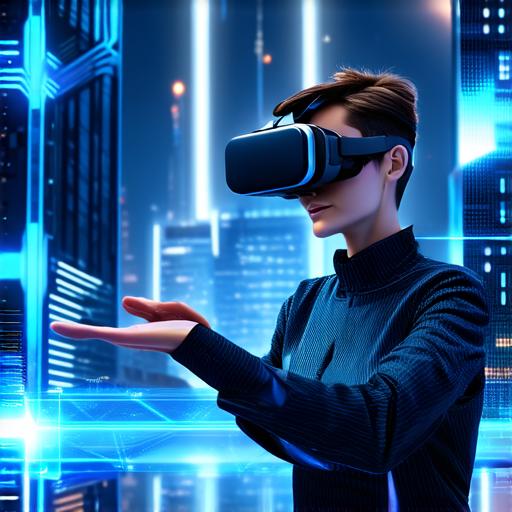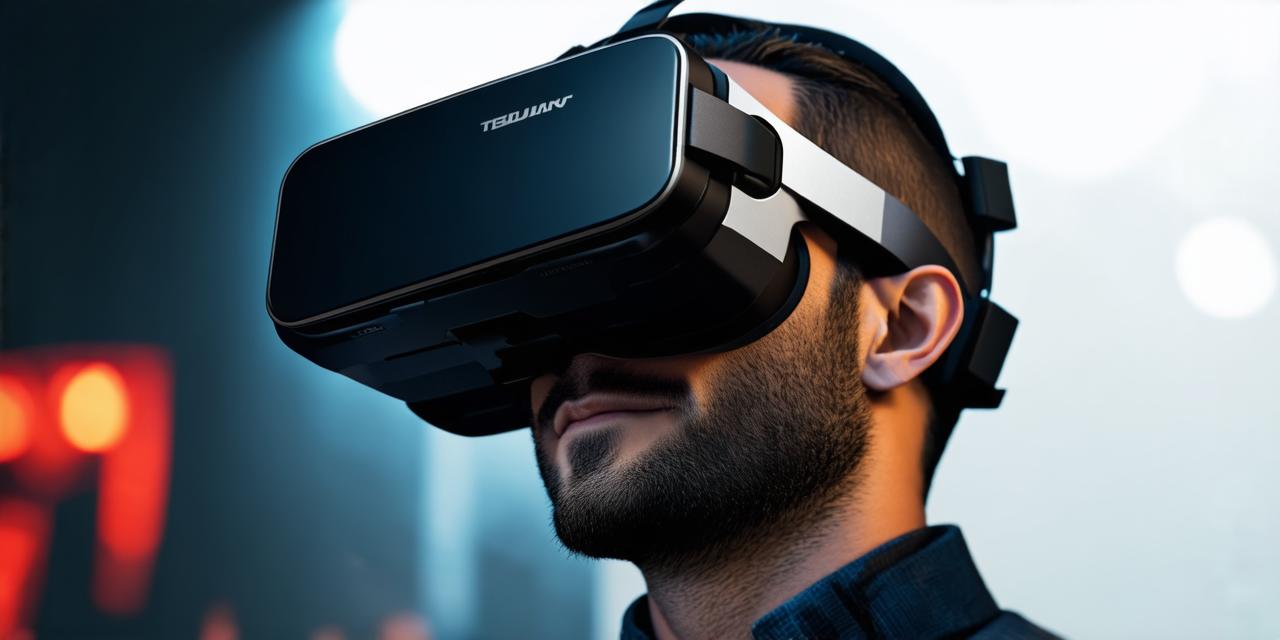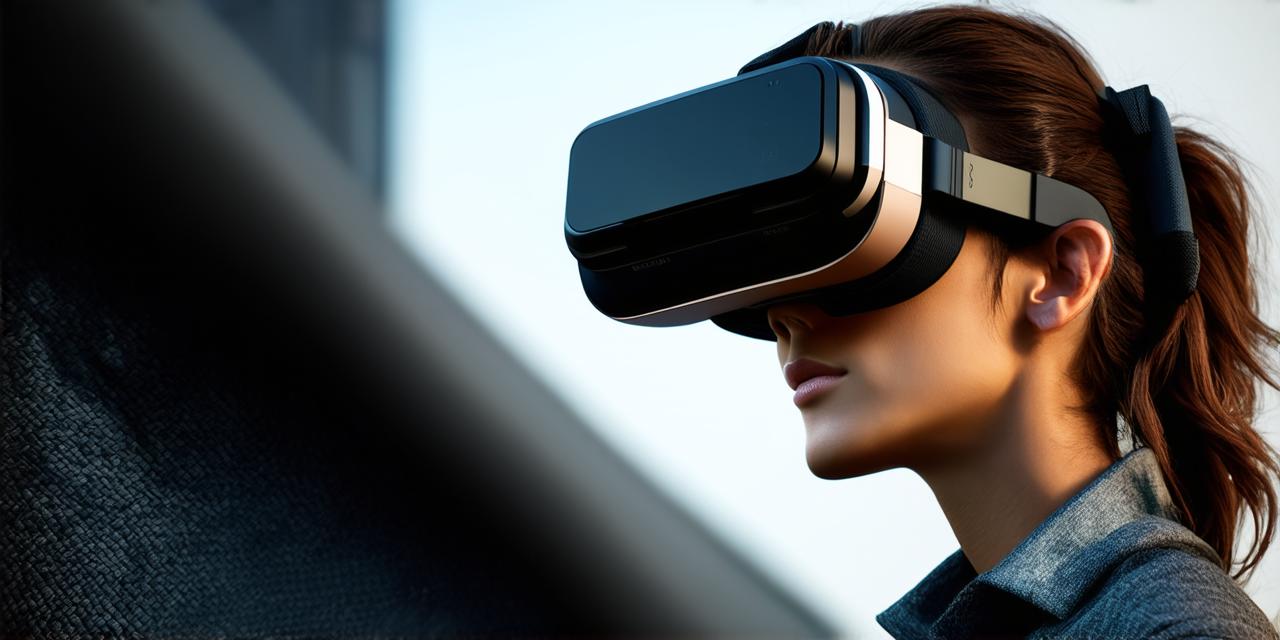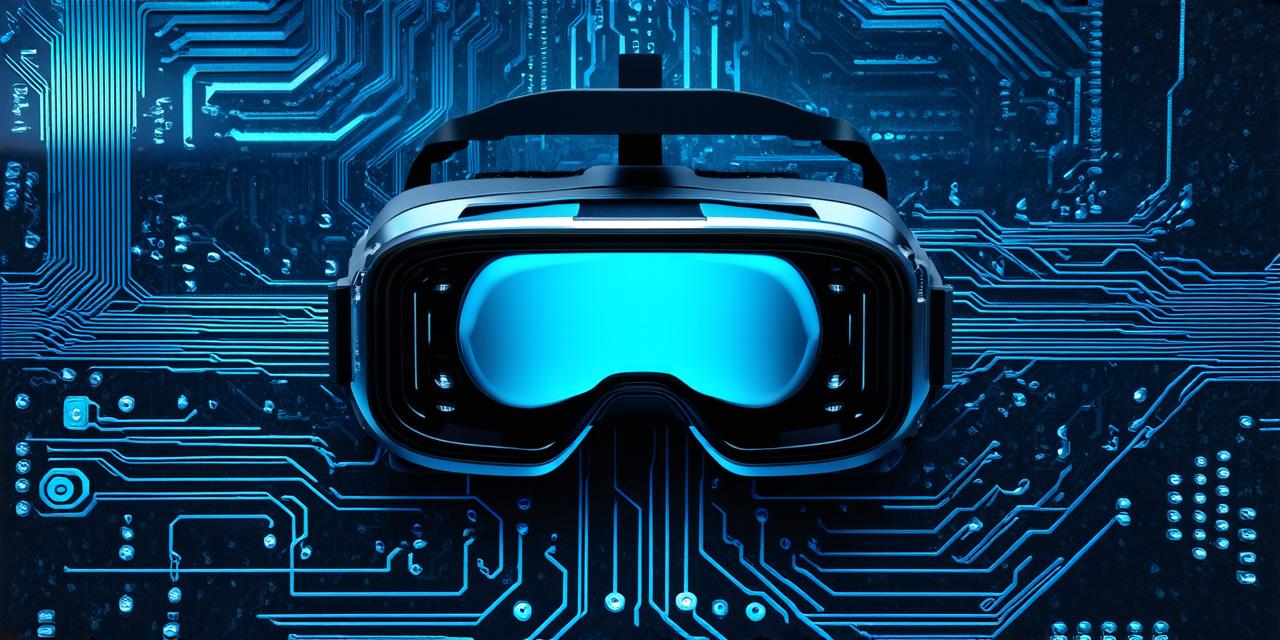Virtual reality (VR) is a technology that allows users to experience immersive 3D environments in real-time, usually through a headset or other wearable devices.

In recent years, VR has been gaining popularity in various industries, including manufacturing and engineering, where it is being used for a variety of applications, including product design, prototyping, and training.
One of the main ways that virtual reality contributes to making things happen is by allowing users to visualize and manipulate objects in 3D space before they are actually built or produced. This can help to reduce errors and improve accuracy, as users can see how their designs will look and function in a real-world context without having to physically build them first.
Virtual reality also allows for more efficient prototyping and testing of products. By creating a virtual prototype, users can test different design options and configurations quickly and easily, without having to wait for physical parts to be manufactured and assembled. This can save time and resources, as well as reduce the risk of errors or mistakes in the final product.
In addition to product design and prototyping, virtual reality is also being used for training and education purposes. For example, VR simulations can provide a safe and controlled environment for employees to practice their skills, such as operating machinery or working with hazardous materials. This can help to reduce the risk of accidents or injuries, while also improving employee performance and job satisfaction.
Virtual reality is also being used in the field of architecture and construction. By using VR technology, architects can create immersive 3D models of their designs, allowing clients and stakeholders to visualize and interact with the building before it is actually constructed. This can help to reduce misunderstandings and improve communication between all parties involved in the project.
In conclusion, virtual reality is a powerful tool that is helping to make things happen in a variety of industries. By enabling users to visualize and manipulate objects in 3D space, as well as providing efficient prototyping and training opportunities, VR technology is helping to improve accuracy, reduce errors, and save time and resources. As virtual reality continues to evolve and become more widely available, it is likely that we will see even more exciting and innovative applications of this technology in the future.



